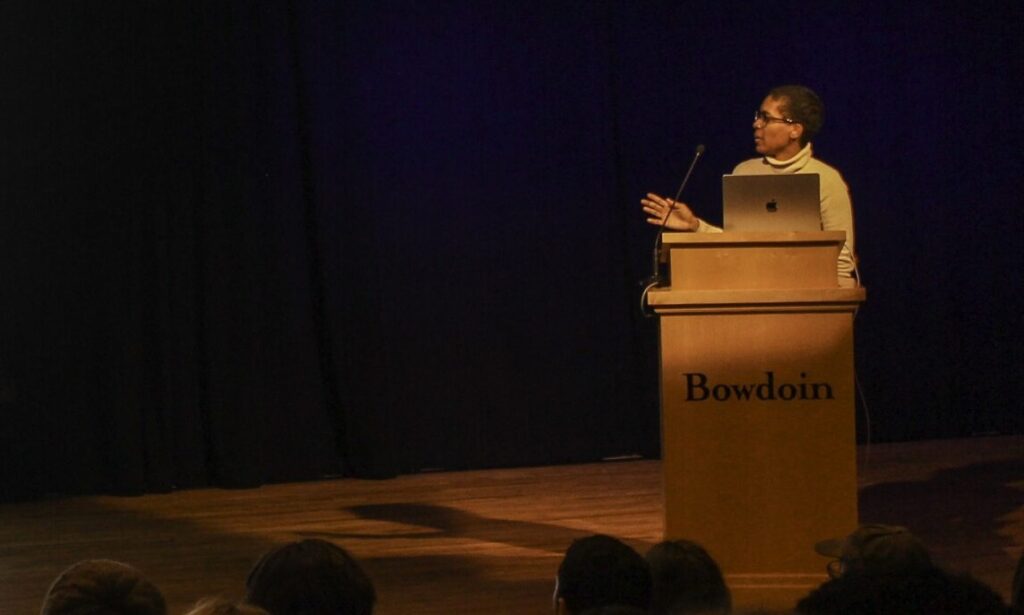Scholars Thought White Women Were Passive Enslavers. They Were Wrong

Scholars Thought White Women Were Passive Enslavers. They Were Wrong
The buyers flocked to the slave auctions held at the Georgia estate, eager to inspect the human property on display.
There were cooks, carriage drivers, washer women and ladies’ maids. The trader — a woman named Annie Poore — paraded the Black captives before the buyers, haggled over prices and pocketed the profits. She was working in a field dominated by men. But that did not dissuade her from pursuing a thriving business in Black bodies.
She “was all [the] time sellin’,” Tom Hawkins, one of the people enslaved by Ms. Poore, recalled decades later. “She made ’em stand up on a block she kept in de back yard, whilst she was a-auctionin’ ’em off.”
For generations, scholars argued that white women were rarely involved in the active buying and selling of Black people. But a growing body of research is challenging that narrative, documenting the significant role that white women played in the American slave trade.


